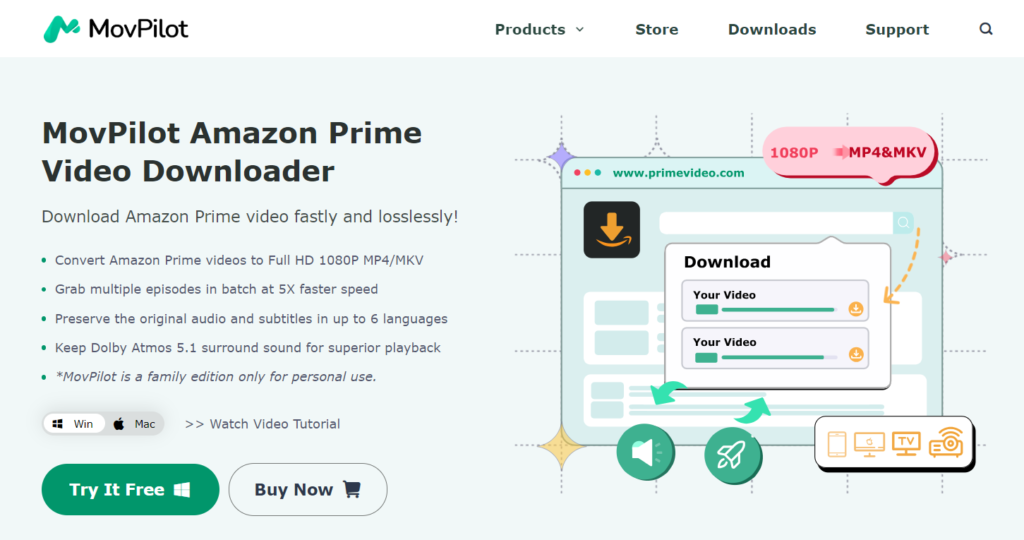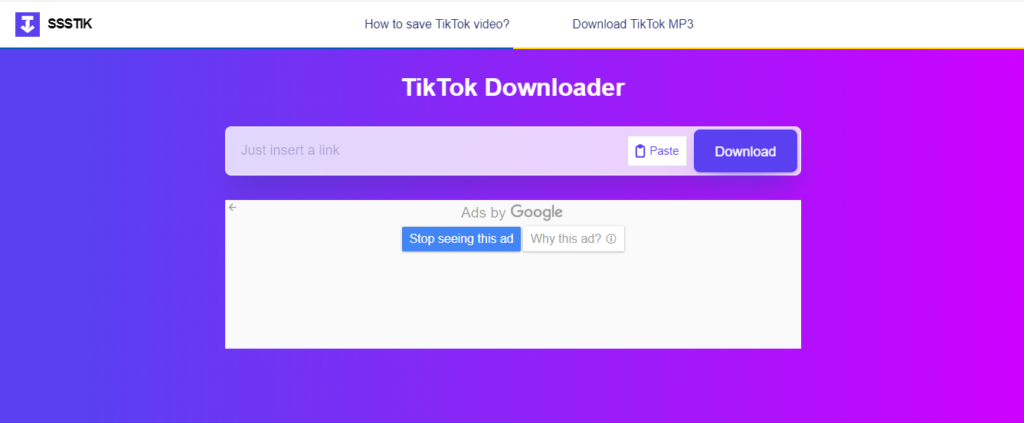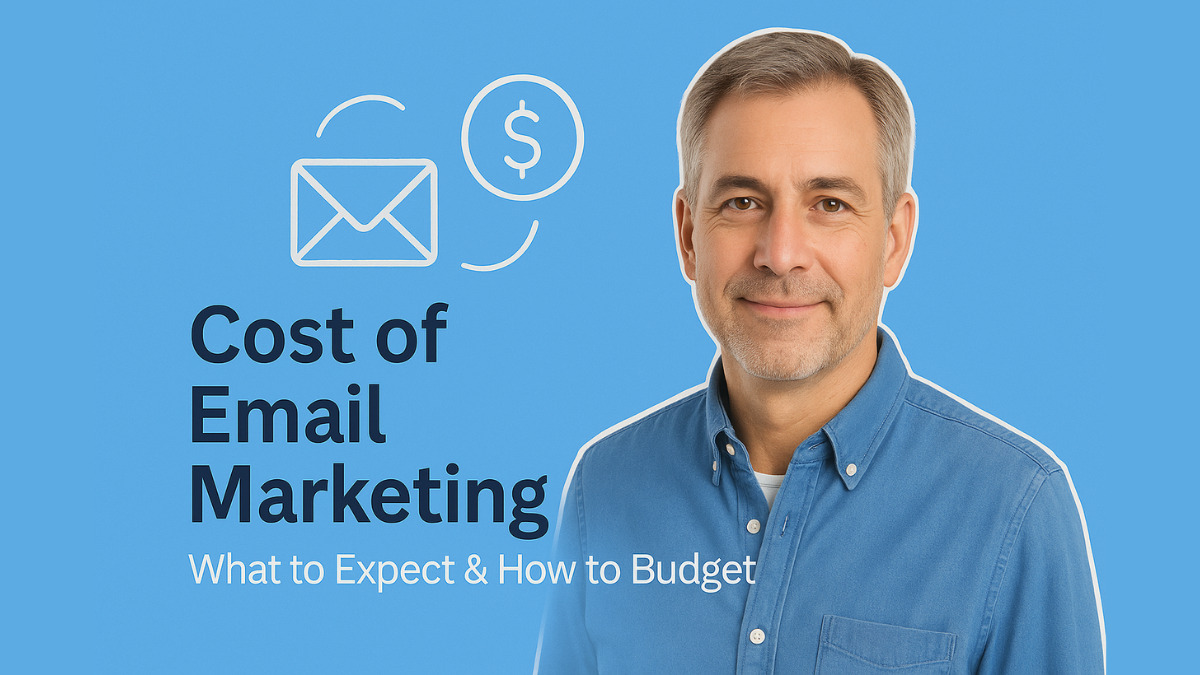Even though we see so many visuals on our screens, audio is immersive. You may listen to your favorite speeches offline, save a music mix for your road trip, or listen to a podcast while you jog. All types of media can be found on YouTube, but extracting audio from videos can be time-consuming if you don’t have the right tools. Enter the YouTube to MP3 converter.
By 2025, more choices only meant more choices. Faster speeds, better quality, and more privacy features all contributed to a surplus of options for users. However, not all of them live up to their advertisements. Some are riddled with ads and junk, some have so much compression they make your listening experience a nightmare, some contain malware, and others are not secure or reliable. How do you determine which YouTube MP3 converter is worth your time or safety?
Out of dozens of available tools, these ten YouTube to MP3 converters stand out as the best in 2025. This list includes a converter for casual users and serious audio collectors alike. Let’s look more at what distinguishes each converter from the competition.
Table of Contents
4K YouTube to MP3
4K YouTube to MP3 should be your top priority if you want a neat, well-designed, high-quality solution. It consistently provides high-quality audio and supports various file types, such as MP3, M4A, and OGG. It functions well with Linux, Mac, and Windows and has a simple UI.
Why it stands out:
No pop-ups or advertisements
You can download whole channels or playlists using it.
High-quality 320kbps MP3 is supported.
Compatible with various sites, such as SoundCloud and Vimeo
This application makes it quick and easy to download a music playlist or a collection of inspirational speeches. Additionally, it offers regular updates to keep up with modifications to the YouTube algorithm. With offline access just a click away, it’s a favorite among music lovers and content curators.
Also Read – MovPilot Review: Best Prime Video Downloader for Mac
YTMP3.cc
Sometimes, you want something simple that works in a snap. YTMP3.cc is a browser-based converter that requires no download or registration. Paste the YouTube URL, pick MP3 or MP4, and hit download.
Why users love it:
Free and easy to use
No software needed
Converts videos under 90 minutes
Quick conversion process
YTMP3.cc is excellent for those who want immediate results without downloading software. It is designed for mobile use (it is great on a phone) and is functional on a desktop, too. It does not have advanced features, but it is hard to beat for casual use.
SnapDownloader
SnapDownloader is a powerful tool for people who desire more control over their downloads. In addition to YouTube, it supports more than 900 websites and has features like proxy settings, bulk downloads, and subtitle extraction.
Highlights:
Supports MP3, MP4, and more
Batch downloads save time
Works with geo-restricted content
Downloads up to 8K video and extracts audio
SnapDownloader features everything you need, whether you download frequently or want more freedom. The download manager facilitates effective file organization, and the UI is user-friendly. It’s beneficial for professionals or digital archivists who need powerful tools.
Also Read – Ssstik.io: Best TikTok Video Downloader
YT Saver
YT Saver is perfect for anyone who frequently saves lengthy content, such as lectures, interviews, or podcasts. It is dependable and doesn’t lag or crash even when watching videos that are ten hours long.
Key features:
Supports MP3, AAC, WAV
Built-in private browser
Video locker for secure storage
More than 10,000 websites are supported.
It is excellent for researchers, students, and podcast enthusiasts because of its robust capabilities and easy-to-use design. Additionally, it allows you to reduce audio to remove the necessary portions. This makes it a great pick for organized listeners who prefer managing their content offline.
MP3Studio YouTube Downloader
Speed, style, and substance come together in MP3Studio. This tool allows batch downloading, converts videos in seconds, and even includes an integrated YouTube search.
What makes it great:
Sleek design
Converts up to 99 files at once
Supports 320kbps MP3
Accessible on Android, Mac, and Windows
MP3Studio makes it quick and simple to download tracks for a party or create an offline playlist. The software even allows you to rename files and arrange them in folders. Its balance of aesthetics and performance sets it apart from many other converters.
Also Read: FastDl: Download Instagram Videos and More
OnlyMP3.net
OnlyMP3.net is a no-nonsense online converter. You don’t need to install anything or create an account. It works entirely from your browser and lets you save the file directly to Dropbox.
Why it’s handy:
No signup needed
Fast conversion and download
Cloud integration
Clean, minimal interface
This is an excellent pick for occasional users who want one or two songs now and then without dealing with clutter. It also respects user privacy and does not track or store download history. It is quick, efficient, and reliable, perfect for light users.
ByClick Downloader
ByClick Downloader goes a step further by offering smart, automatic video detection. Every time a video plays in your browser, a popup window asking if you want to download it appears.
Best parts:
One-click downloading
Supports playlists and channels
Converts in 320kbps MP3
Saves live videos and subtitles
This tool is perfect for people who always discover new music or videos and want to save them effortlessly. It also offers scheduling features so you can set downloads for a later time. If automation is your thing, ByClick will quickly become your best friend.
Also Read: The Best Youtube Downloaders on Setapp
Y2Mate
One of the most trustworthy online converters is still Y2Mate. It is compatible with YouTube, Facebook, and Dailymotion and supports a wide range of video formats.
Why it works:
Free and browser-based
Converts to MP3, MP4, M4V, and more
No account required
Simple and effective UI
If you prefer not to download an app and want something that works every time, Y2Mate is a top choice. Its servers are fast and rarely go down, which adds to the reliability. Plus, it has minimal ads compared to other free converters.
aTube Catcher
aTube Catcher is more than a converter; it’s a complete media toolkit. Alongside downloading audio, it can record your screen, burn DVDs, and convert files into a huge range of formats.
Why it’s powerful:
MP3, AAC, FLAC, and WMA support
Screen recording and DVD burning
Downloads from various video sites
Customizable conversion settings
Excellent for tech-savvy consumers looking for a single solution to meet their media requirements. Additionally, it provides interfaces in different languages, making it usable by people worldwide. It’s a media lover’s dream tool.
Also Read: TK2DL: A Platform to Download TikTok Videos Without Watermark
Freemake YouTube to MP3 Boom
Freemake’s YouTube to MP3 Boom looks and feels more like a music player than a converter. You can search for videos directly inside the app and convert them without opening your browser.
Top features:
In-app YouTube search
Downloads entire playlists
High-speed performance
Fun, colorful interface
If you enjoy finding new music and want an aesthetically pleasing experience, this application will make downloading less like labor and more enjoyable. Additionally, you can save time and storage by previewing music before downloading.
Choosing the Right Converter for You
Every user has different needs. Some want speed, others care about quality, and some want a lightweight tool that won’t take up space. Here are a few quick pointers:
For speed: MP3Studio, YTMP3.cc, and Y2Mate
For long videos: YT Saver and SnapDownloader
For advanced features: aTube Catcher and SnapDownloader
For simplicity: OnlyMP3.net and YTMP3.cc
Also, remember that not all YouTube content may be downloaded legally. Ensure you are responsible for utilizing these tools and always verify your country’s copyright regulations. Unauthorized downloads of copyrighted content might land you in legal hot water. These resources should only be used for educational or personal reasons.
Also Read – Imginn – Is It Safe To Use? (Instagram Video Downloader)
Conclusion
With so many great YouTube to MP3 converters in 2025, you don’t have to settle for low-quality downloads or shady websites. Whether downloading a single music track or archiving a library of educational content, there’s a tool here.
The best part? Most of these tools are free or have free trials with plenty of uses, so give them a shot.
The technology that drives converters has come a long way and is now easier to use! Not only are many advanced converters better, but they also offer new features such as bulk conversion, scheduled downloads (not unlike video streaming apps), and direct file download from cloud storage accounts to a local file. All of these processes are getting smoother and more efficient.
So go ahead and build your offline music collection, save those powerful and motivating talks, or take your favorite pieces of content with you wherever you go. With the right converter, this is only a few clicks away. There are tools, depending on personal or commercial use (2025 will have options from easy and simple to power-user).
The post Top 10 Best YouTube to MP3 Converters in 2025 appeared first on Entrepreneurship Life.


































